Any man-made structure that contains walls, floors, roofs, chimneys, plumbing, and other building utilities, as well as enduring elements like verandas, balconies, cornices, and projections, is considered to be a building. To guarantee optimal functional and structural performance, the structural elements of a building, such as the foundation, plinth, slab, wall, etc., must be properly planned and constructed.
Buildings may be whatever you can think of, including residences, workplaces, malls, medical facilities, schools, and more. The majority of purchasers consider a property’s cost, location, market conditions, taxes, and overall quality before making a decision.
The majority of building frames were composed of wood or stone before the industrial revolution. Half-timbering was originally a popular building material, but as the modern age developed, steel took its place. Steel performs better than other materials in terms of strength, durability, and heat resistance when exposed to flames. The construction industry underwent a major upheaval as a result of the widespread use of concrete, another contemporary material, as a building material in the 20th century.
Buildings varied in weight, strength, durability, and design depending on the aforementioned material. Each of them makes a unique contribution, and the role they each play in the building has an impact.
Different building constructions must be able to achieve balance under the action of loads in this regard. To do this, the structure is anchored to the ground in a way that enables the required responses to balance the actions that operate on it. These structures are under internal pressures from the components that make them up; therefore, there can be no fissuring or cracking. So, it is crucial to study the materials’ resistance limitations before construction.
Read this article to learn more about the different types of buildings.
See also: Seven different types of industrial buildings
Different types of buildings
Residential buildings

Source: Pinterest
Residential buildings have at least one usable bedroom, whether or not they also include attached kitchens and dining rooms. The home’s significance is implied by its name and purpose.
Every residence has a kitchen, separate bedrooms, baths, and communal areas like living and dining rooms. The many types of residential structures are defined by the “National Building Code of India, (Part 4 – Fire and Life Safety)” as lodging or rooming houses, one or two-family private residences, dormitories, apartment houses (flats), and hotels.
Institutional buildings
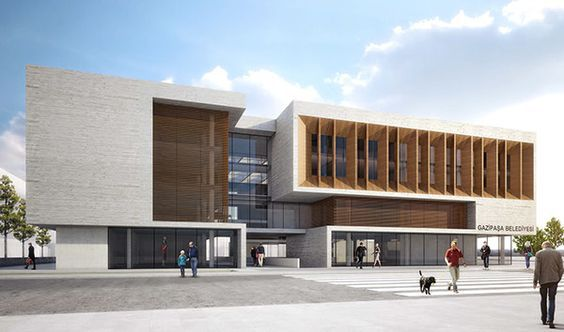
Source: Pinterest
Large buildings called institutions are used for a variety of purposes, such as providing care for babies and the elderly, providing medical attention to those who are physically or mentally sick or imprisoning criminals in a correctional facility where their freedom is severely restricted. The majority of these buildings have sleeping accommodations for their tenants. Most cities have one or more civic structures designed to benefit the public in some way. Alongside the government, certain private firms operate. Many people believe that all hospitals are owned by the government, although this is not always the case.
The majority of institutional structure types are included in municipal structures. This is a result of the fact that their main objective is to assist locals and the general public. State-to-state ownership of the institutional structures, or even private-to-private ownership, may differ. Common institutional structures include hospitals, museums, courts, post offices, jails, libraries, community centres, etc.
Educational buildings
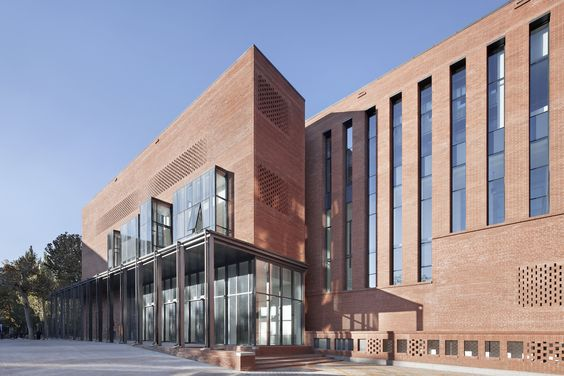
Source: Pinterest
Many intellectual endeavours have a home in educational facilities. From kindergarten through college, all educational levels are covered. Schools, colleges, universities, training facilities, and other structures are excellent examples of educational structures. Education institutions may be public or private.
Assembly buildings
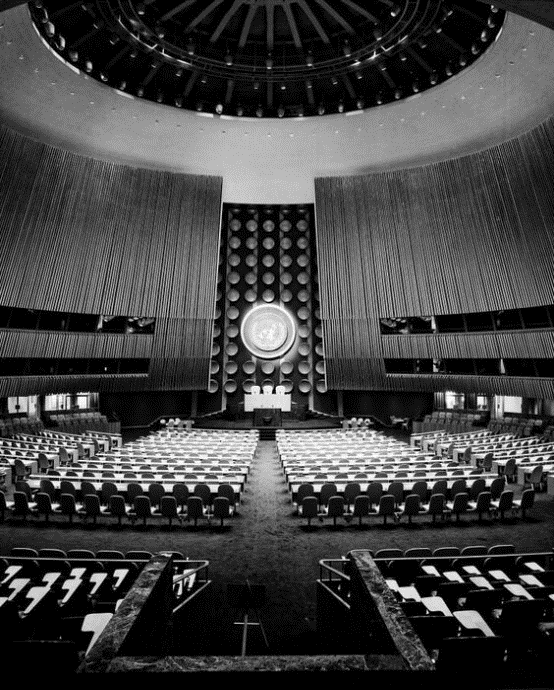
Source: Pinterest
The kind of public buildings that are generally built for social activities are assembly buildings. Hotels, restaurants, clubs, theatres, exposition halls, auditoriums, and other types of public structures are all typical gathering places where people assemble for a variety of reasons, including social, religious, and recreational activities. Numerous social groups use the meeting halls for a variety of purposes. People from different socioeconomic levels congregate at this building.
This category includes places of worship, dance halls, dub rooms, passenger stations, terminals for public transportation services (air, surface, and other), recreation centres, and stadiums. Public assembly buildings include, among others, theatres, movie theatres, banquet halls, town halls, auditoriums, exhibition halls, assembly halls, and museums.
Business buildings
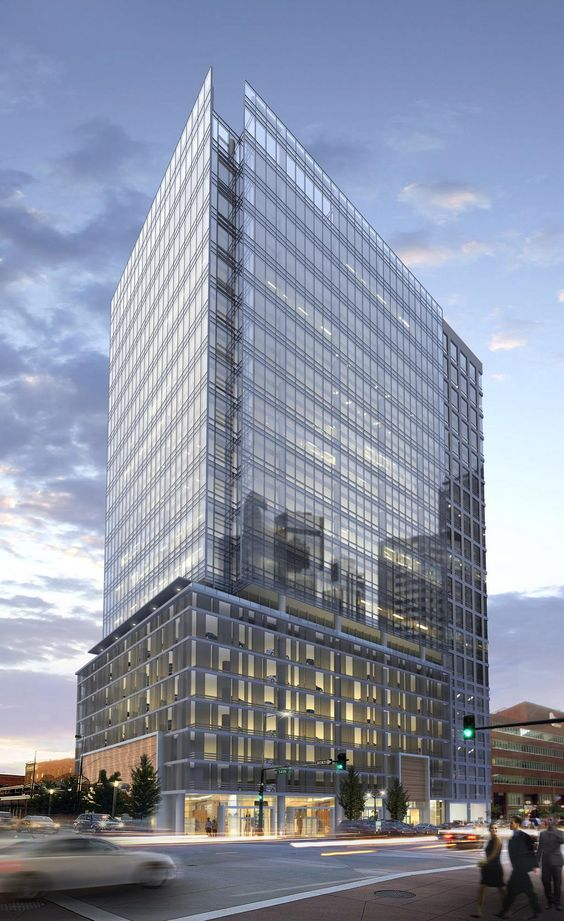
Source: Pinterest
A business building might be a single structure or a collection of buildings. These come in different sizes. These buildings’ main function is to host diverse business enterprises. Typically, such structures are employed in the corporate world for keeping track of important documents and cash, among other things.
Offices, banks, professional organisations, courts, libraries, and other similar buildings are used for doing business, keeping accounts and records, and performing related tasks.
Mercantile buildings
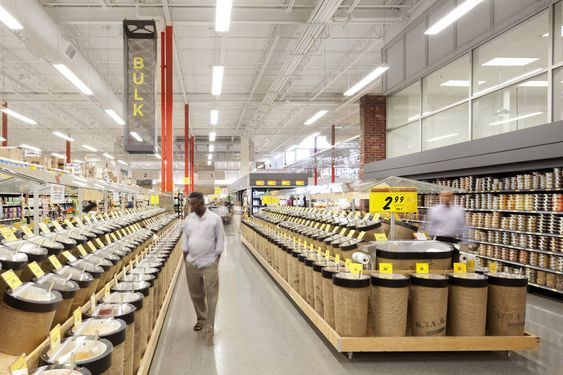
Source: Pinterest
Most of the mercantile buildings are wholesale and retail businesses. This category includes commercial buildings such as shops and convenience stores. As a result, it is one among the various structures used often by individuals in society to support and benefit others.
Hazardous buildings
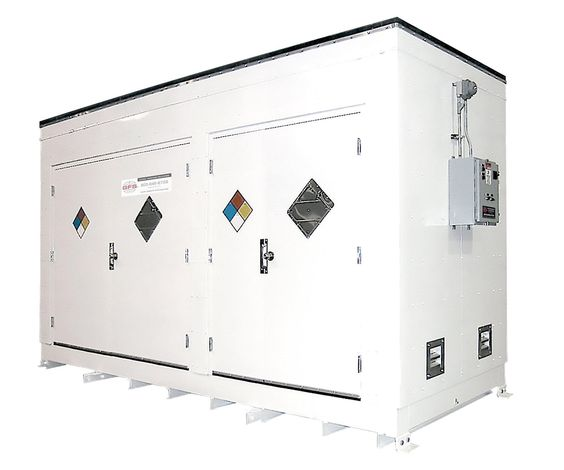
Source: Pinterest
Buildings that are used to store, handle, process, or manufacture substances that are harmful to humans or other living things or that burn quickly and violently are classified as hazardous.
Special attention is paid to examining the processing and storage of explosive or poisonous chemicals in these potentially hazardous structures. These blueprints are made specifically for building facilities that contain and control hazardous substances, including chemicals, liquids, and explosions. Storage, processing, and production of highly flammable substances, explosive substances or goods, and poisonous substances have been their main uses. They are also used to store gases that are dangerous, irritating, or corrosive, as well as extremely corrosive, toxic, or poisonous alkalis, acids, or other liquids or chemicals that create a flame.
Storage buildings
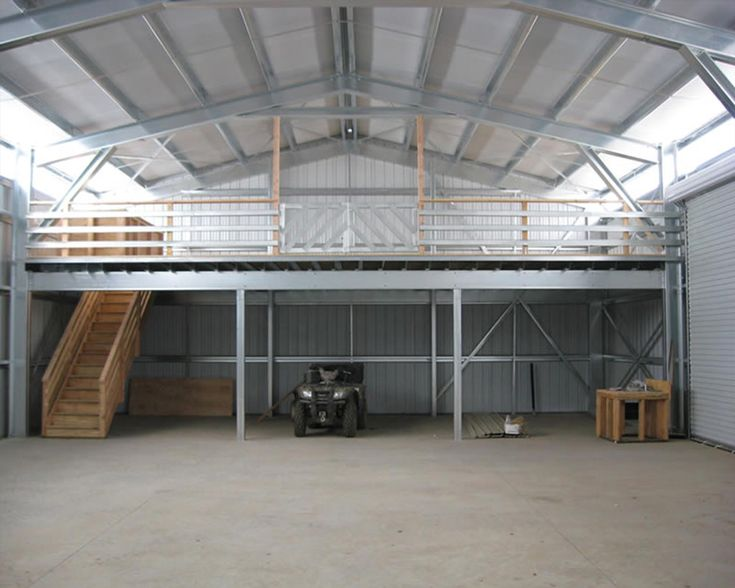
Source: Pinterest
The storage structures are used to house or store items such as products, commodities, and merchandise. Examples of storage structures include warehouses, transit sheds, cold storage facilities, freight depots, storehouses, truck terminals, marine terminals, garages, hangars, stables, grain elevators, barns, etc.
Industrial buildings
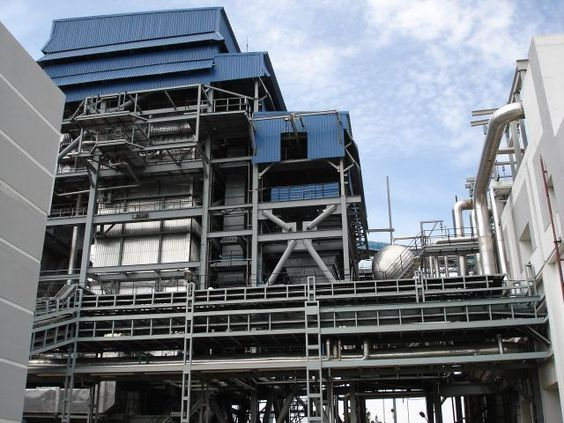
Source: Pinterest
Manufacturing, processing, and assembly of products and materials are done in industrial facilities. Manufacturing facilities, factories, mills, assembly lines, power plants, gas plants, oil refineries, dairy plants, etc., are examples of this sort of structure.
FAQs
What are the different types of residential buildings?
Single-family homes, duplexes, triplexes, townhouses, apartments, and condos are all types of residential buildings.
What are the different types of commercial buildings?
Office buildings, retail stores, shopping centres, warehouses, and industrial buildings are all types of commercial buildings.
How are industrial buildings used?
Industrial buildings are used for manufacturing, production, warehousing, and distribution of goods.
What is a green building?
A green building is a building that is designed and constructed to be environmentally friendly and energy-efficient.
Housing News Desk is the news desk of leading online real estate portal, Housing.com. Housing News Desk focuses on a variety of topics such as real estate laws, taxes, current news, property trends, home loans, rentals, décor, green homes, home improvement, etc. The main objective of the news desk, is to cover the real estate sector from the perspective of providing information that is useful to the end-user.
Facebook: https://www.facebook.com/housing.com/
Twitter: https://twitter.com/Housing
Email: [email protected]











